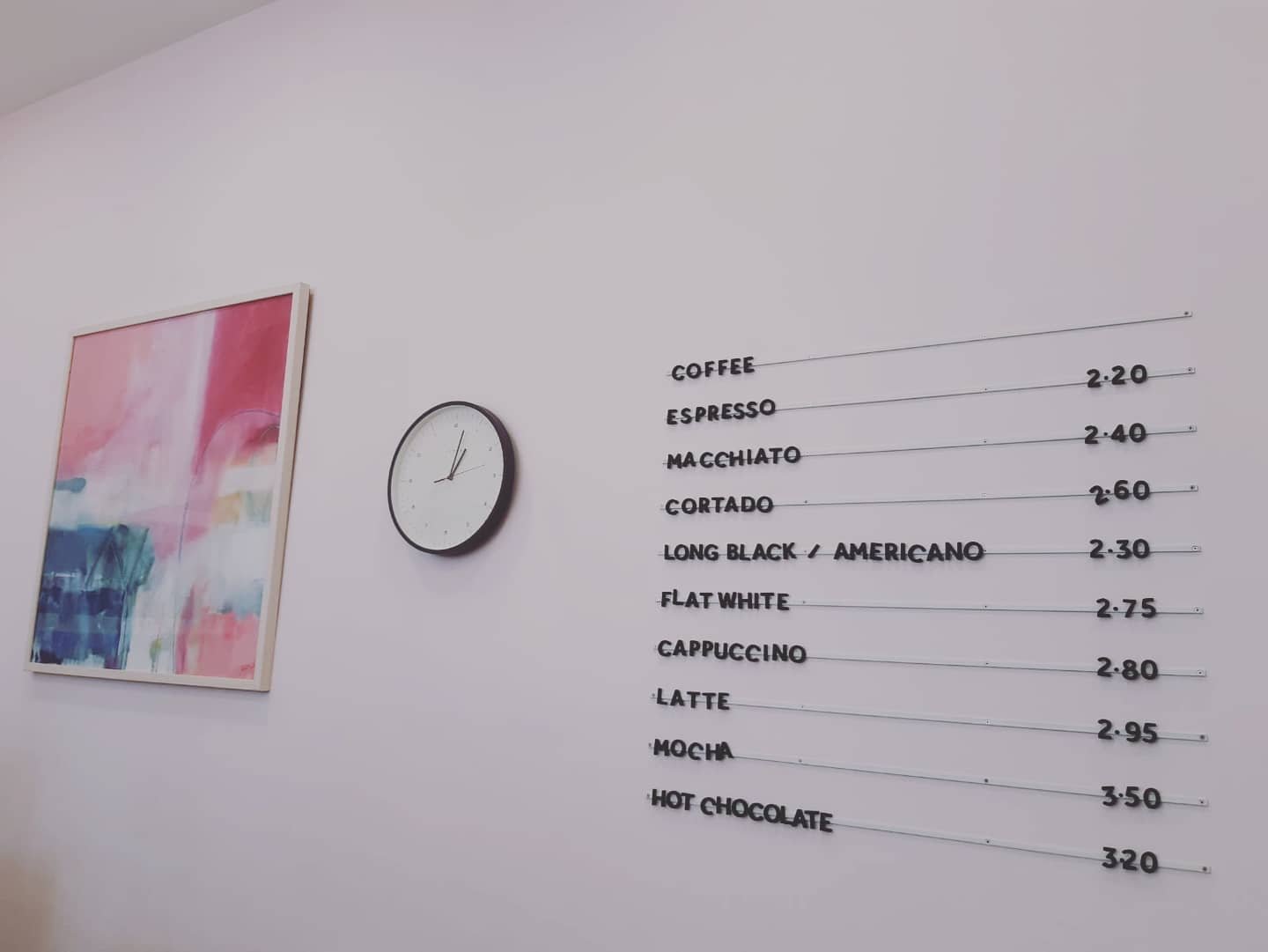
Gilmartin’s Bakery Ltd
“Luck is what happens when preparation meets opportunity.” - Seneca
My biggest project to date, above all else Gilmartin’s gave me the opportunity to be true to my design sensibilities and values all along the way, from the build, to the products and all the way through to the sale.
We never imagined, when we started work in 2018, that we would face down broken equipment, a stalker, an expansion, a ceiling collapse, a pandemic, a cost of living crisis or any of the other things that were thrown at us - it just so happened that my sister had a commercial unit in a Victorian Bank of Scotland building with a water supply available, and I had been baking cakes and sourdough for friends and colleagues for about a year. We sold our flat in West Regent Street and Gilmartin’s was built with the proceeds of the sale.
Our signwriting was done by Artisan Artworks, because we wanted signage that felt lived-in, like a ghost sign from the 1920s that had been revived. We had our logo made by Ciaran Globel based on Gill Sans (a personal favourite) and Frank applied it to the window in gold leaf, a process known as gilding which is a bit of an endangered craft these days. I love how the mirror-shiny letters reflect the sky, and cast a shadow of the logo across tables on a sunny day.
The Why
We designed Gilmartin’s for any number of reasons, the first being that I had always wanted to own a cafe. Every city break, every holiday and indeed every weekend would be peppered with trips to the hottest cafes and bakeries in town, constantly on the lookout for inspiration. We have been lucky enough to travel a lot, and I knew what good looked like for me - fresh local produce, proper coffee, and cakes made from scratch on the premises by someone who prioritised flavour over aesthetics (strictly no fondant for me, thanks).
We moved back to Ayrshire after living in London, then Glasgow, to be closer to my family (it made sense with a new niece on the horizon). We quickly recognised what was missing compared to what we were used to in cities. So many people had dogs, so we made it dog-friendly from the start. Small-town places can be kind of dowdy and down-at-heel, so although we made it a priority to retain the bank’s original Victorian features, we wanted to breathe some light and Scandinavian design sensibility into the design. We went through the listed building consent process, and encountered our first busybody (who said local businesses liked competition?) who erroneously reported us for not having planning consent. The game was afoot.
The Design
The cafe now looks like it has always been there, in part because we did retain the original features. Specifying a build at this level is not easy - I had to learn everything from scratch. Although we had renovated plenty before this, planning out everything from digging up the road for a three phase power cable, to getting the necessary consents, planning where every switch will go and trying to calculate how big a water tank you will need to supply a cafe (ours was 50 litres and we still ran out sometimes!) was no small task. By the time it came to the interiors, though, I was ready. I definitely hit the point of decision fatigue at times (like pretending I didn’t care what the door handle looked like because procurement was a full-time job where I had to constantly chase everyone) but I had a vision for how I wanted the space to feel - airy, fresh, and importantly, feminine. We used Middleton Pink by Farrow & Ball on the walls because it had the softness of a pink marshmallow, or cupcake icing, and fitted sixteen dinner-plate sized matte white spotlights on the ceiling so it would always be bright inside, no matter what the weather. The tiles on the front of the coffee bar were a beautiful blue-glazed scallop design from Ca’ Pietra and we filled the place with beautiful, colourful items we loved including a light fixture from Etsy, a print from Bluebellgray and incredible pottery from Studio Arhoj. You can see a post with before and afters here.
The Service
We’re really here to talk about service design and delivery, though - and that’s what I’d like to talk you through next. Our entire business model was a shot in the arm for the town - we were all over our social media, which we consciously tried to match to our branding. We introduced a lot of proprietary products and things you simply couldn’t get in town (House-made sourdough? Of course. Hand-laminated croissants? Check. Beautiful ceramics? Yep we have those too.) It would be difficult to list all of the products we made or invented without turning this page into a menu, but we made sure we had variety across the flavour spectrum every week and kept on making new things to keep people coming back. We changed our window displays to reflect the seasons and events in the town, and partnered with a bunch of really brilliant companies that shared our values including Grant’s, Mossgiel, Corrie Mains, Ramstane Farm, I.J. Mellis, A Curious Arrangement and Scottish Bakers.
We welcomed dogs, and joined a breast-feeding friendly scheme. We stocked vegan and gluten-free cakes and meals, a first for the town, and we always set out to make the staff experience excellent too, so in 2021 introduced a profit-sharing scheme. We tried to tread lightly on the planet, buying only compostable and recyclable packaging and eschewing waste wherever possible.
We were featured in the Herald as one of the places that put Stewarton on the map as a place worth visiting, and we were rated by Tripadvisor as being in the top 10% of restaurants in the world.
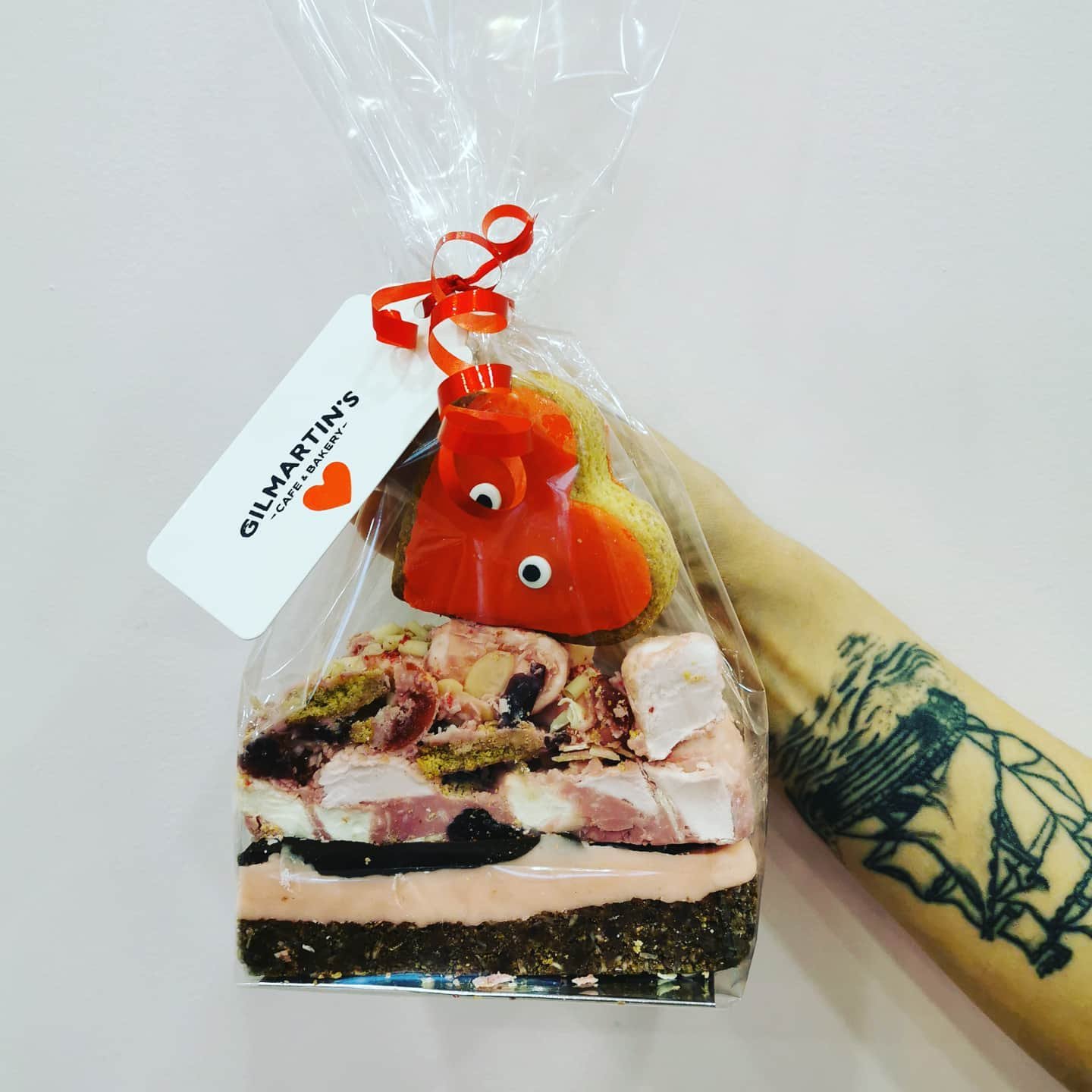
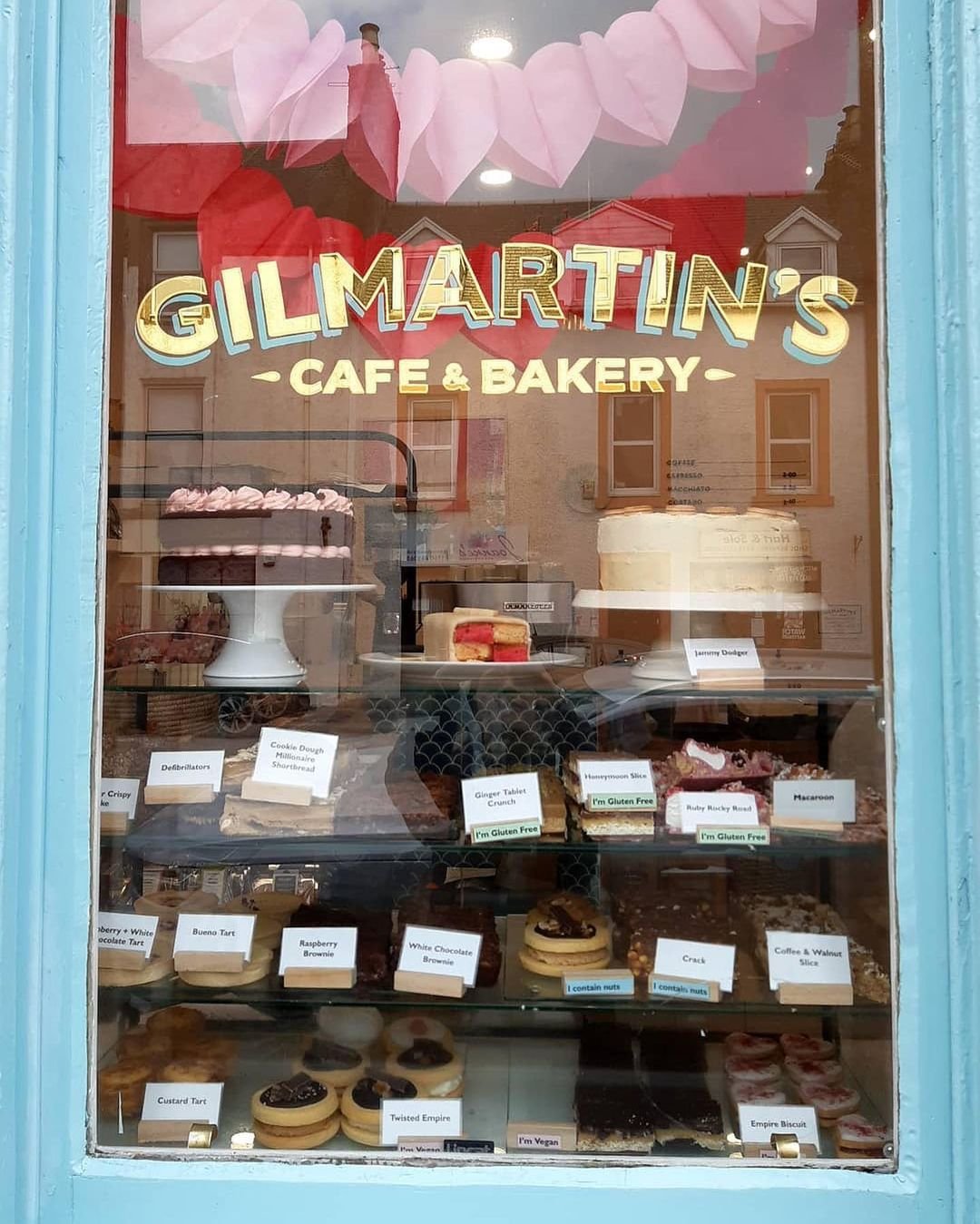
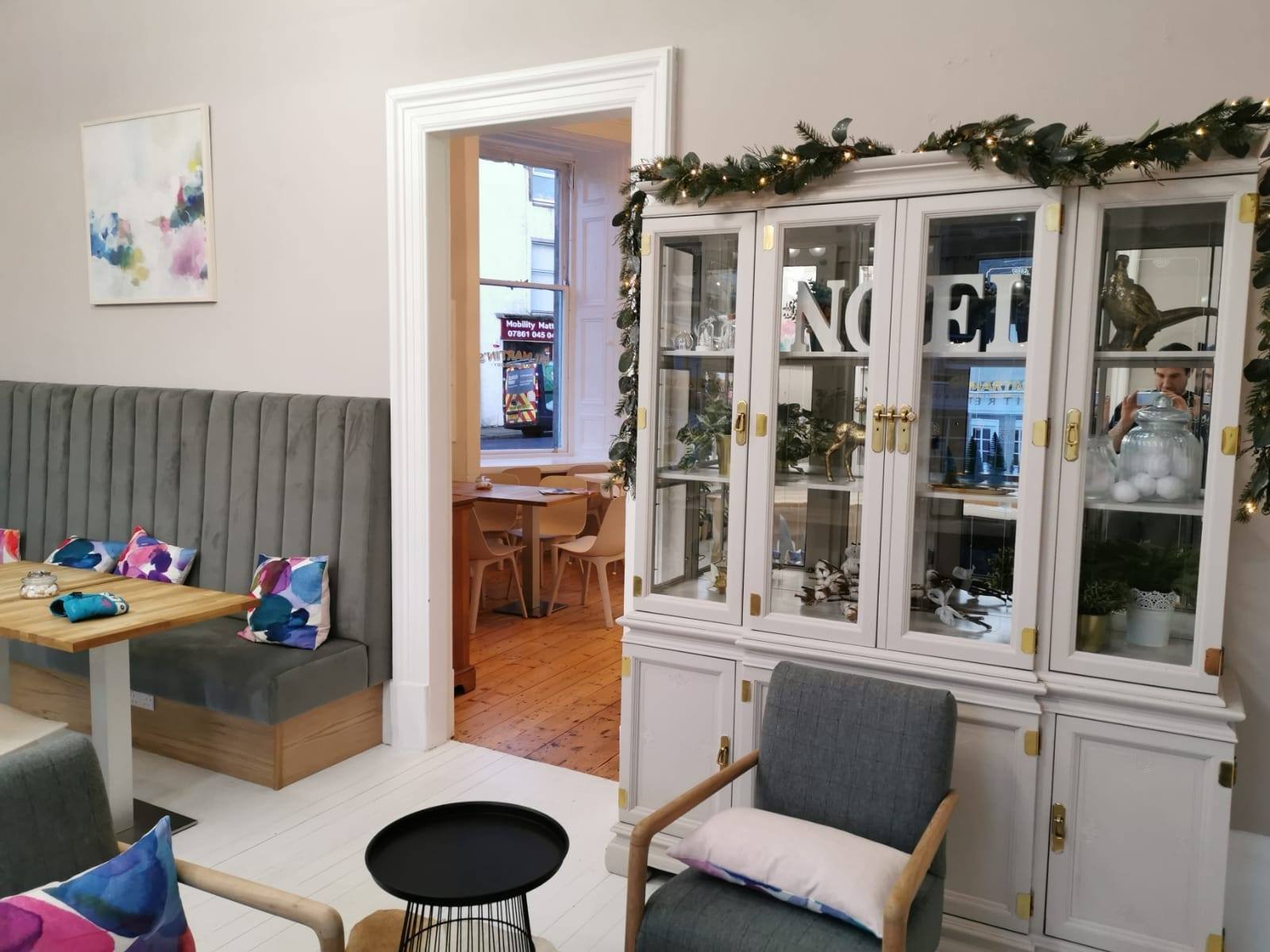
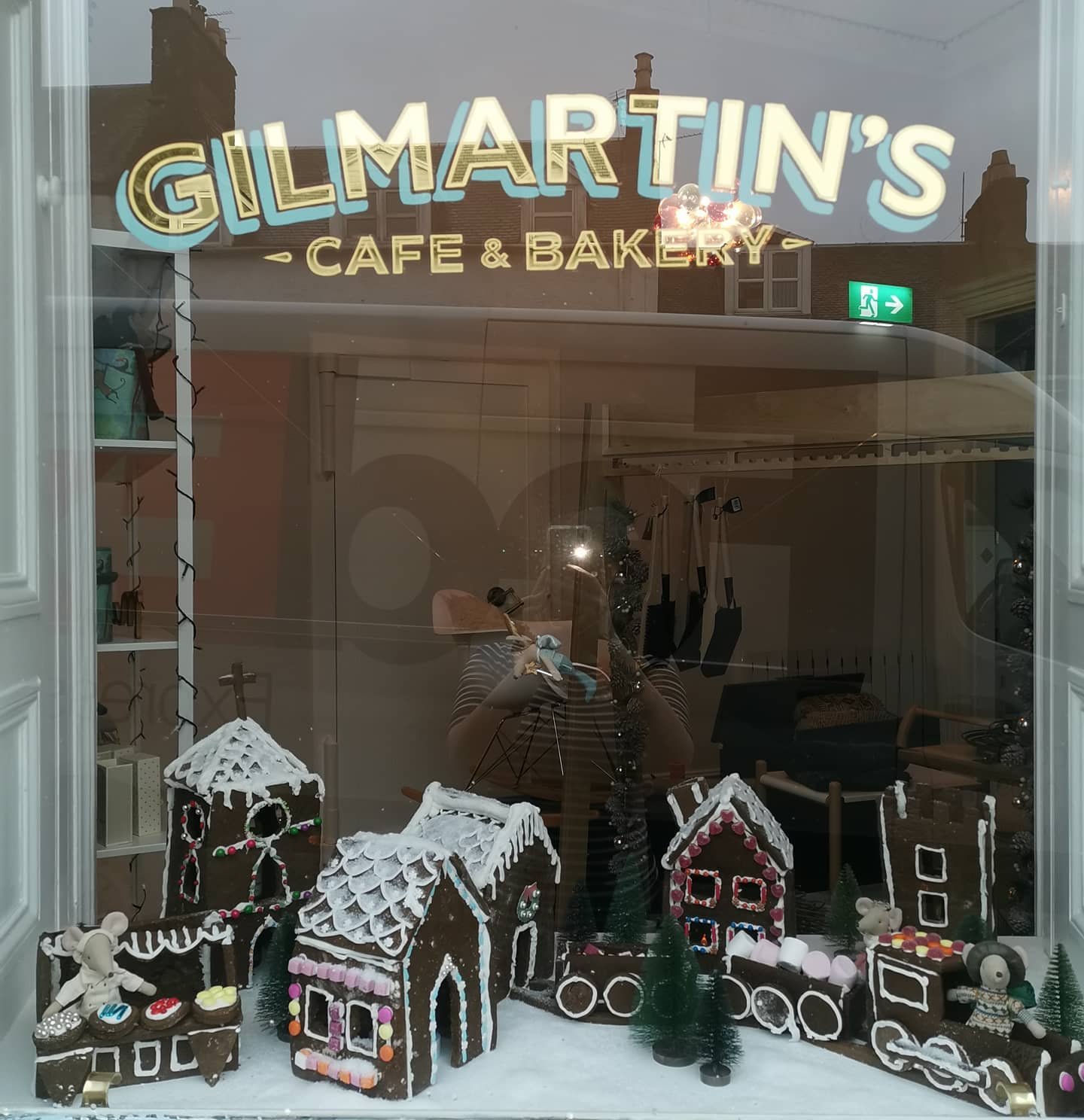
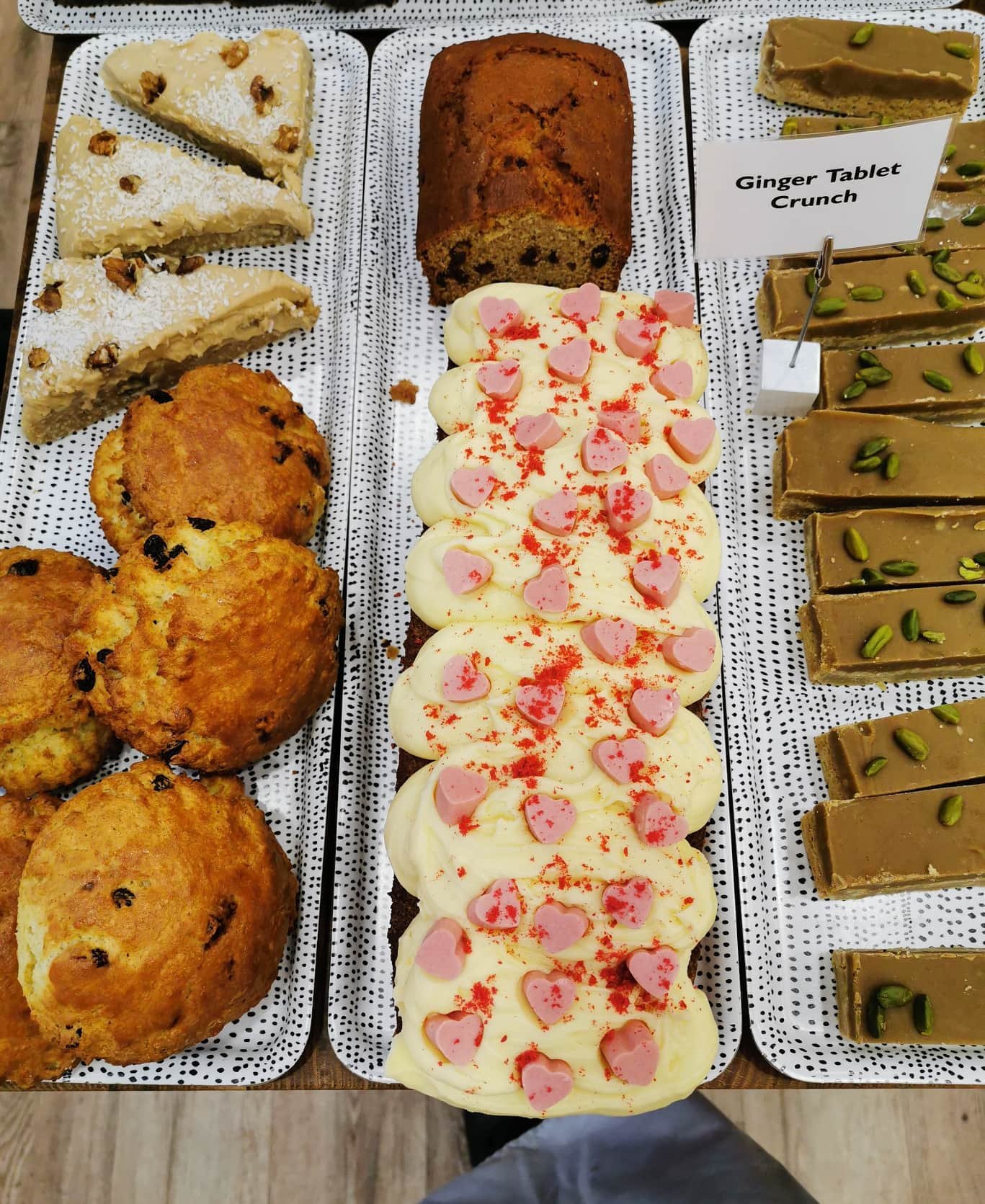
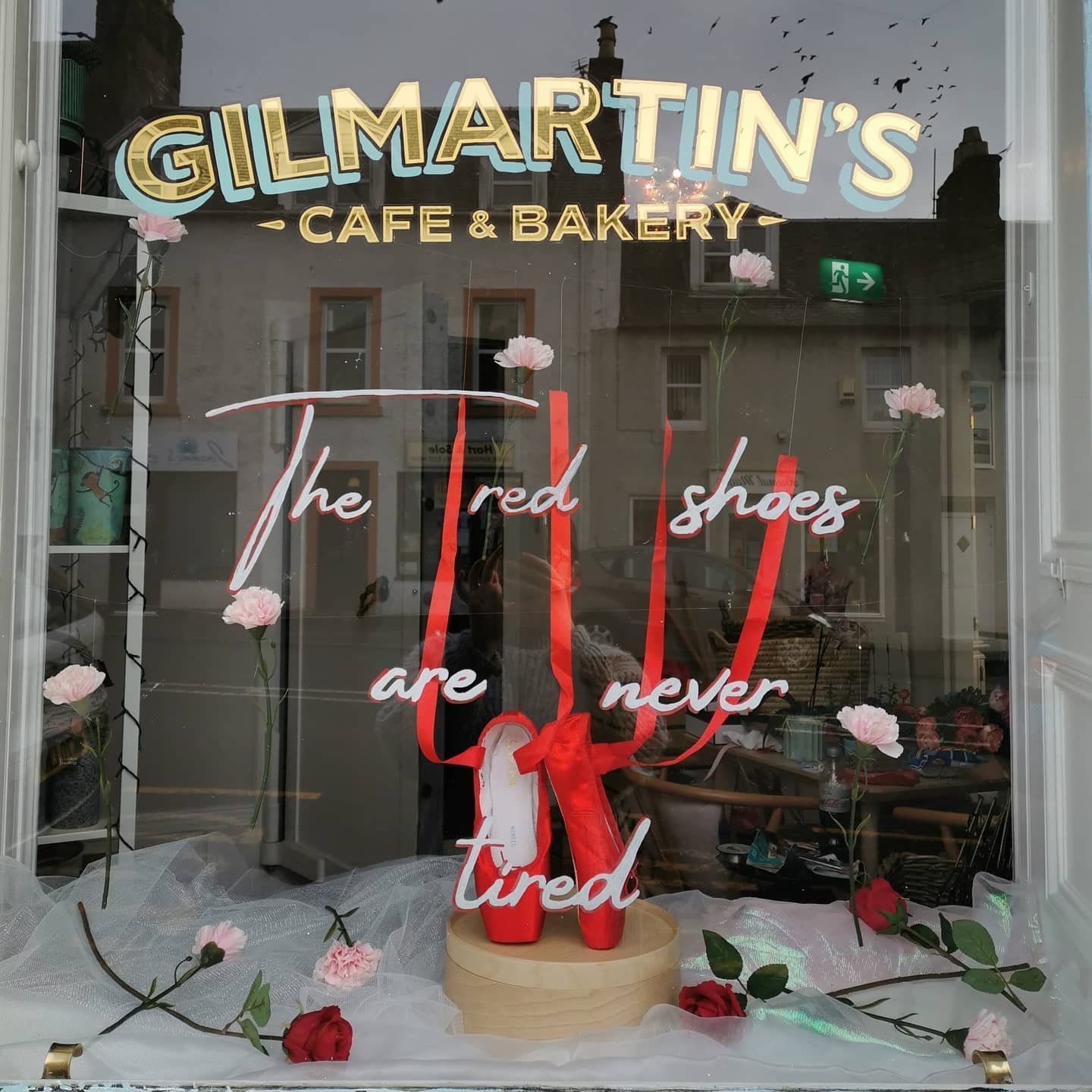
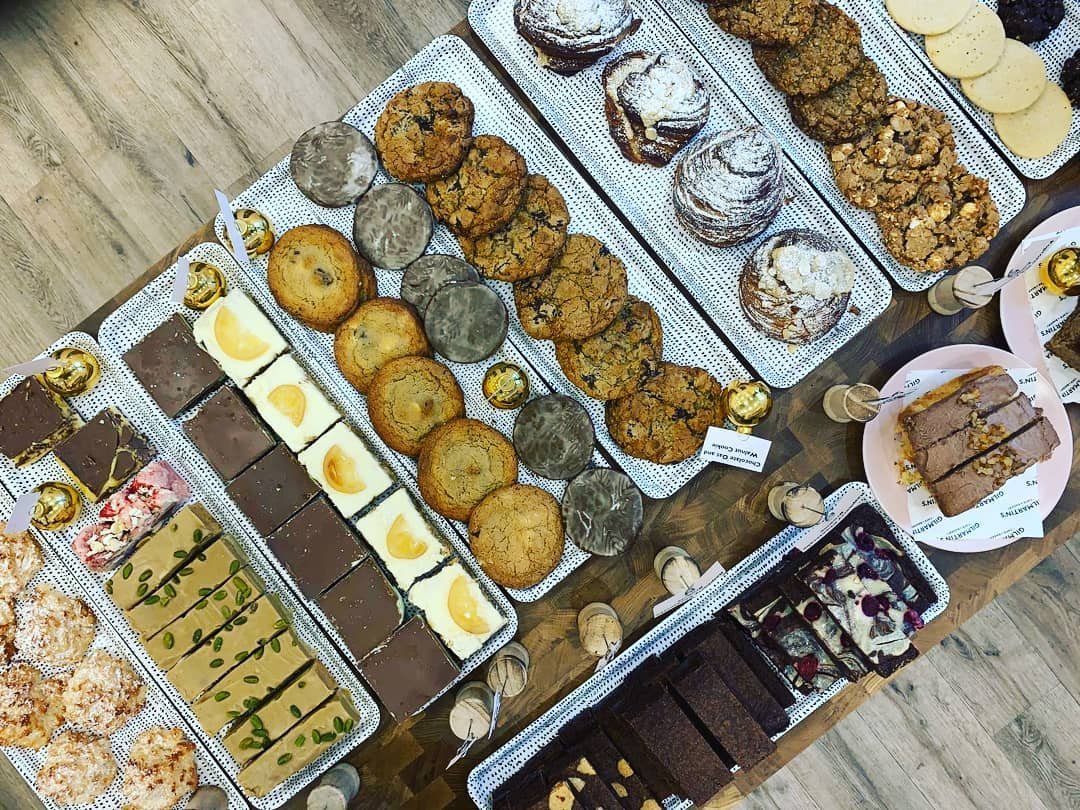
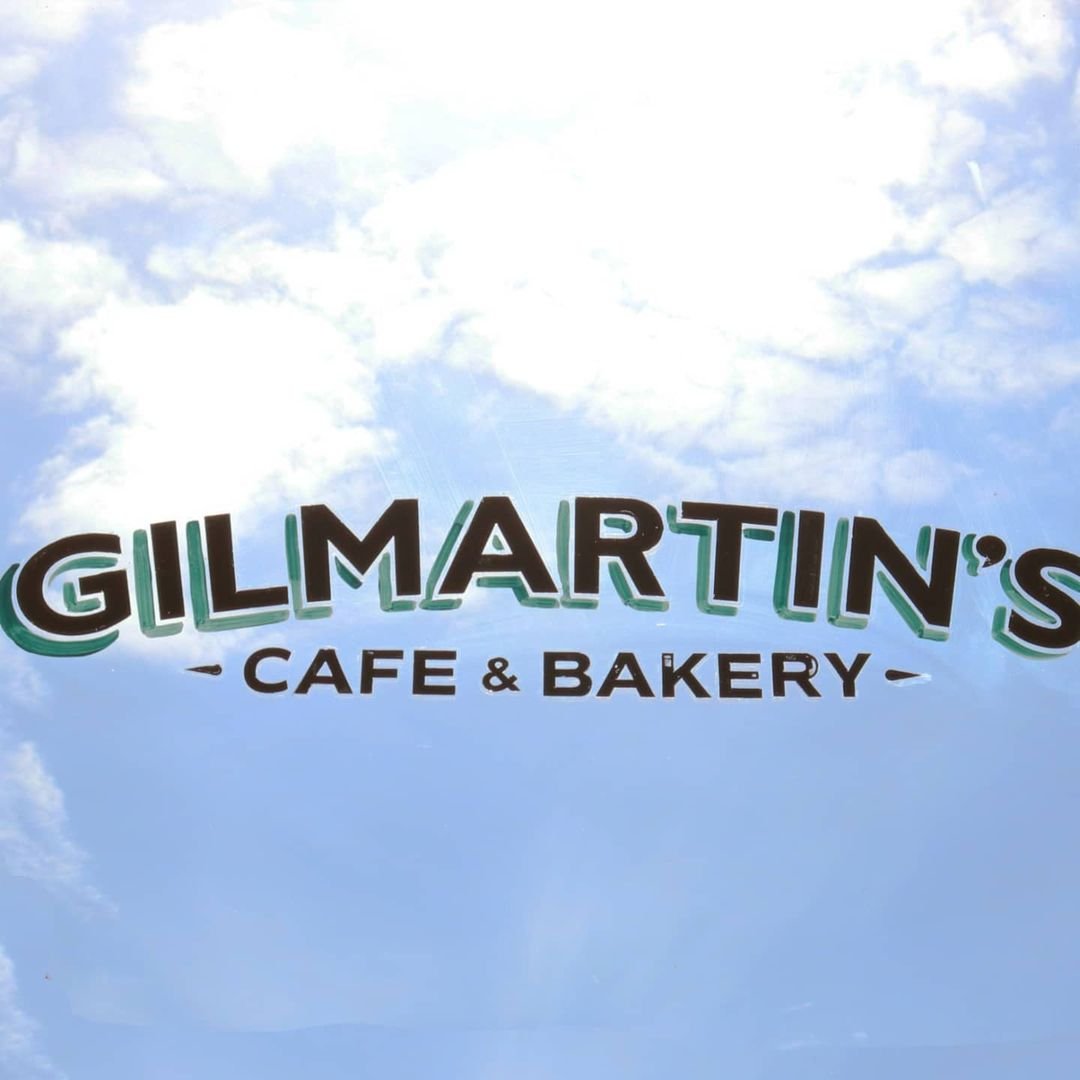
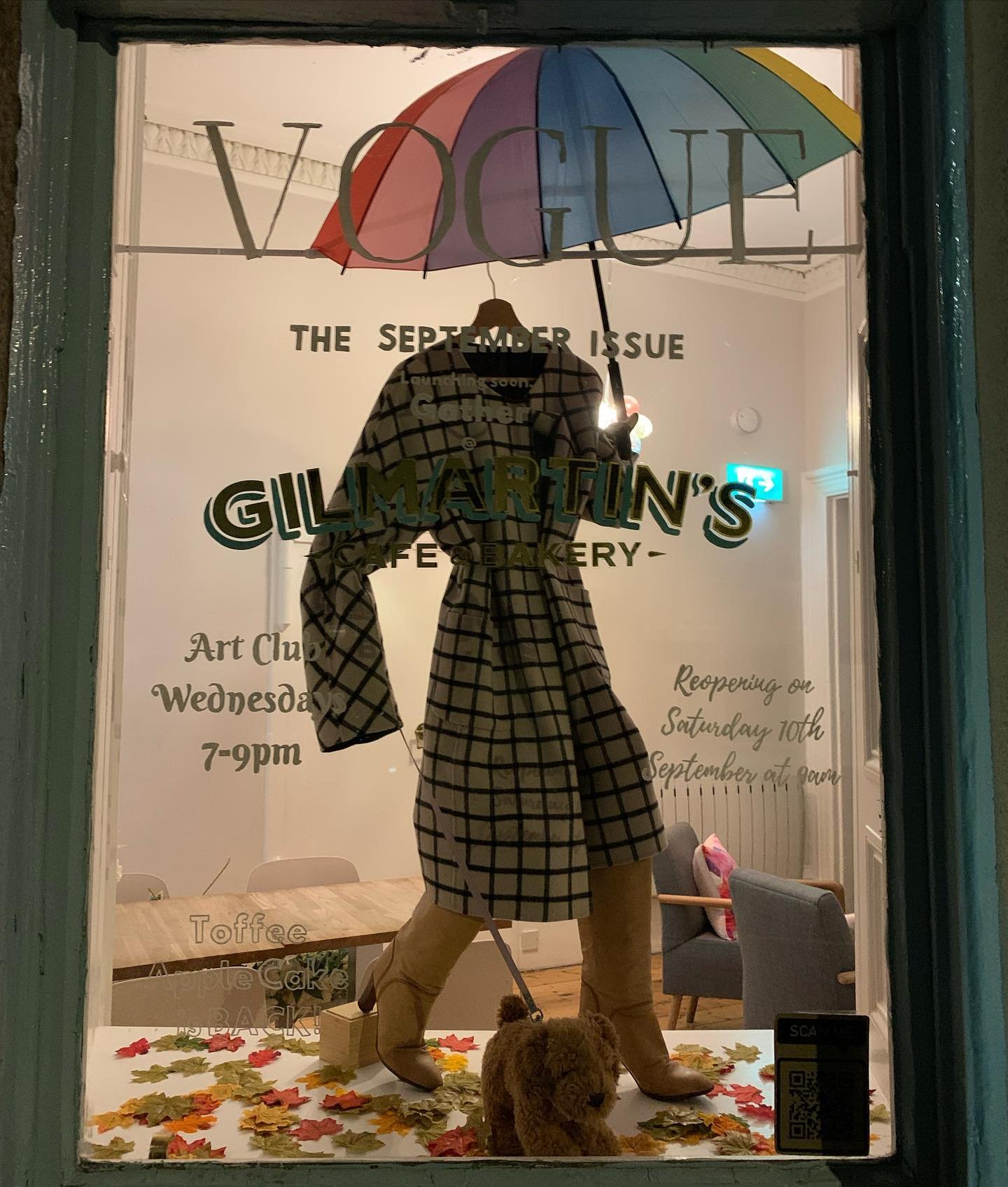
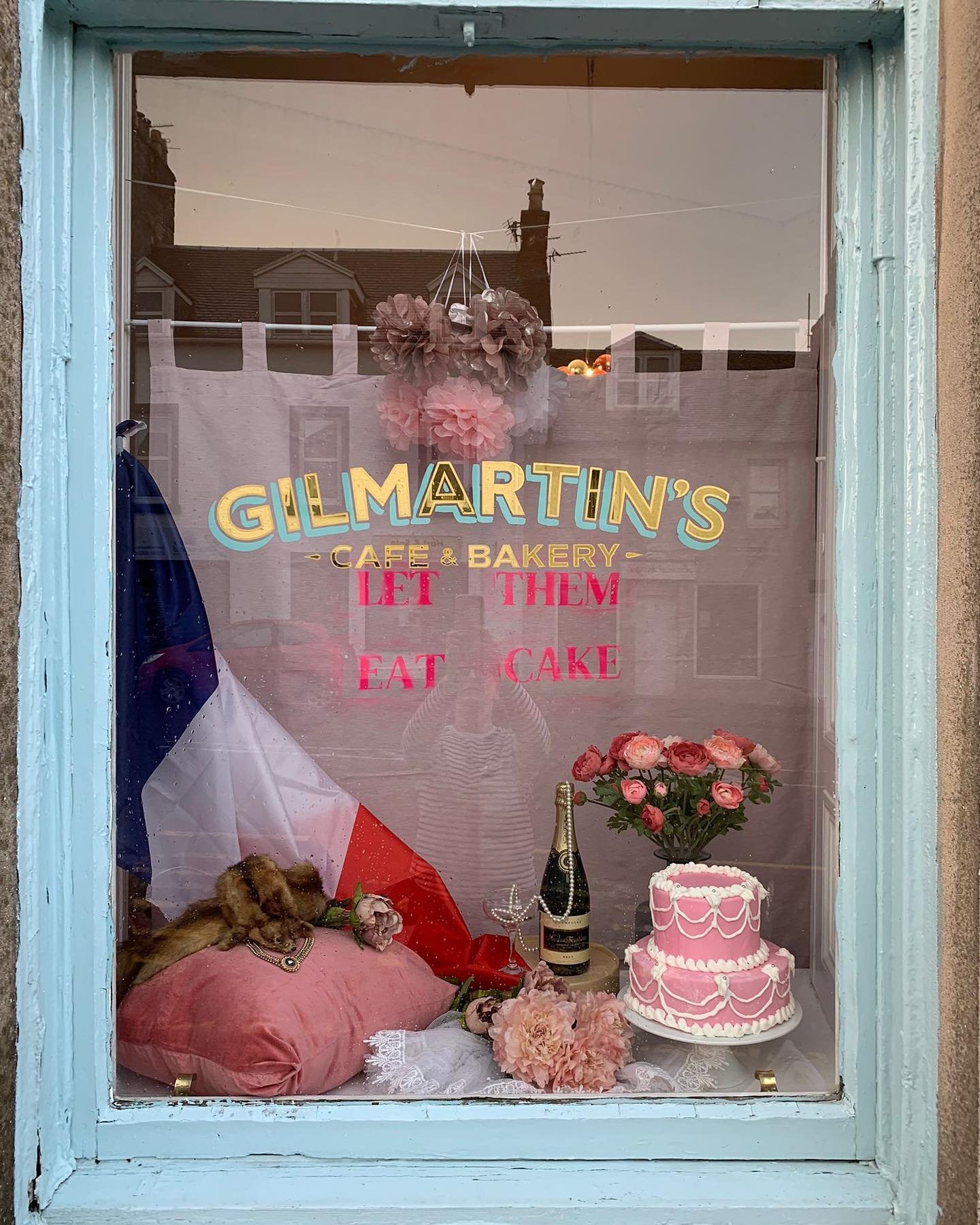
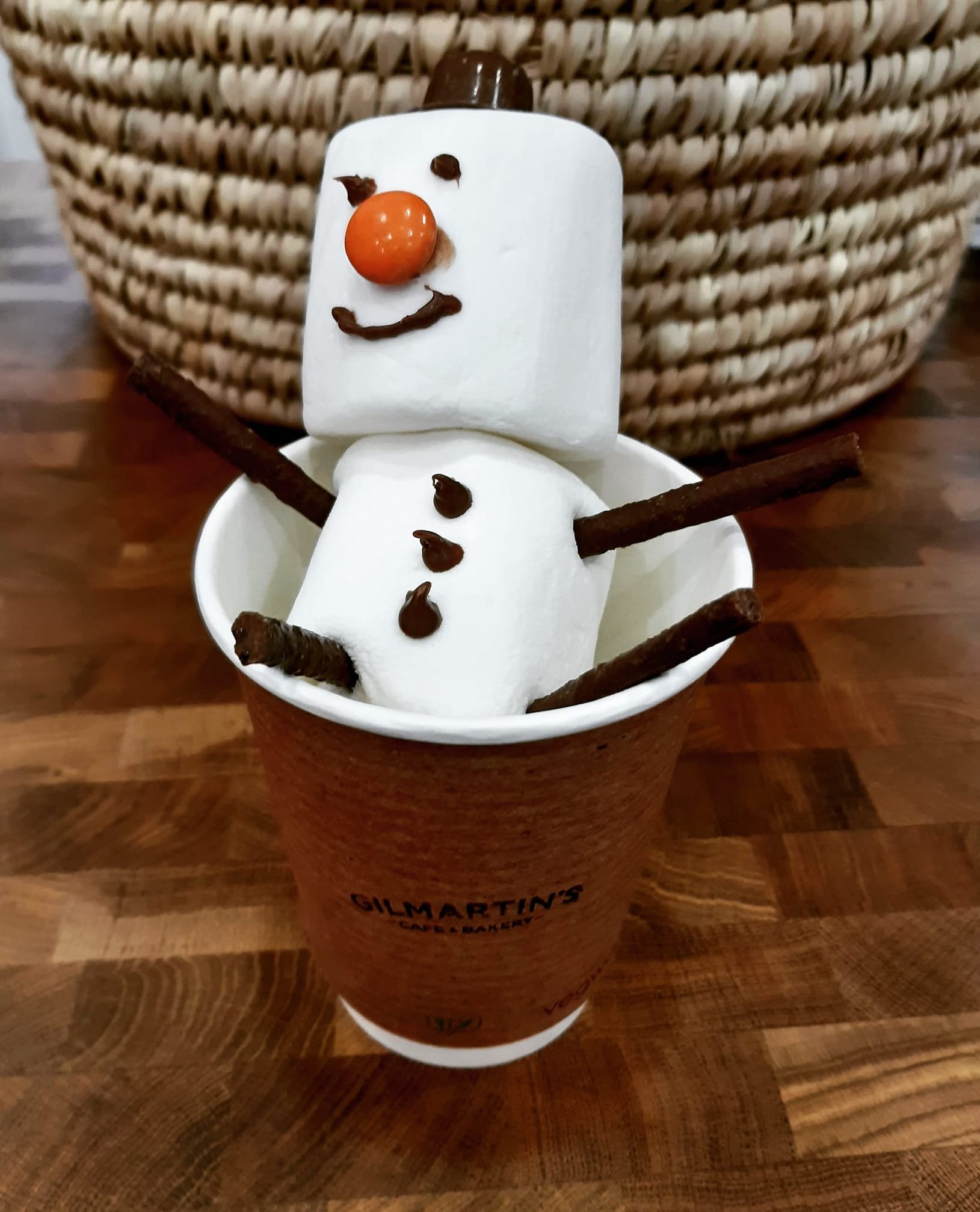
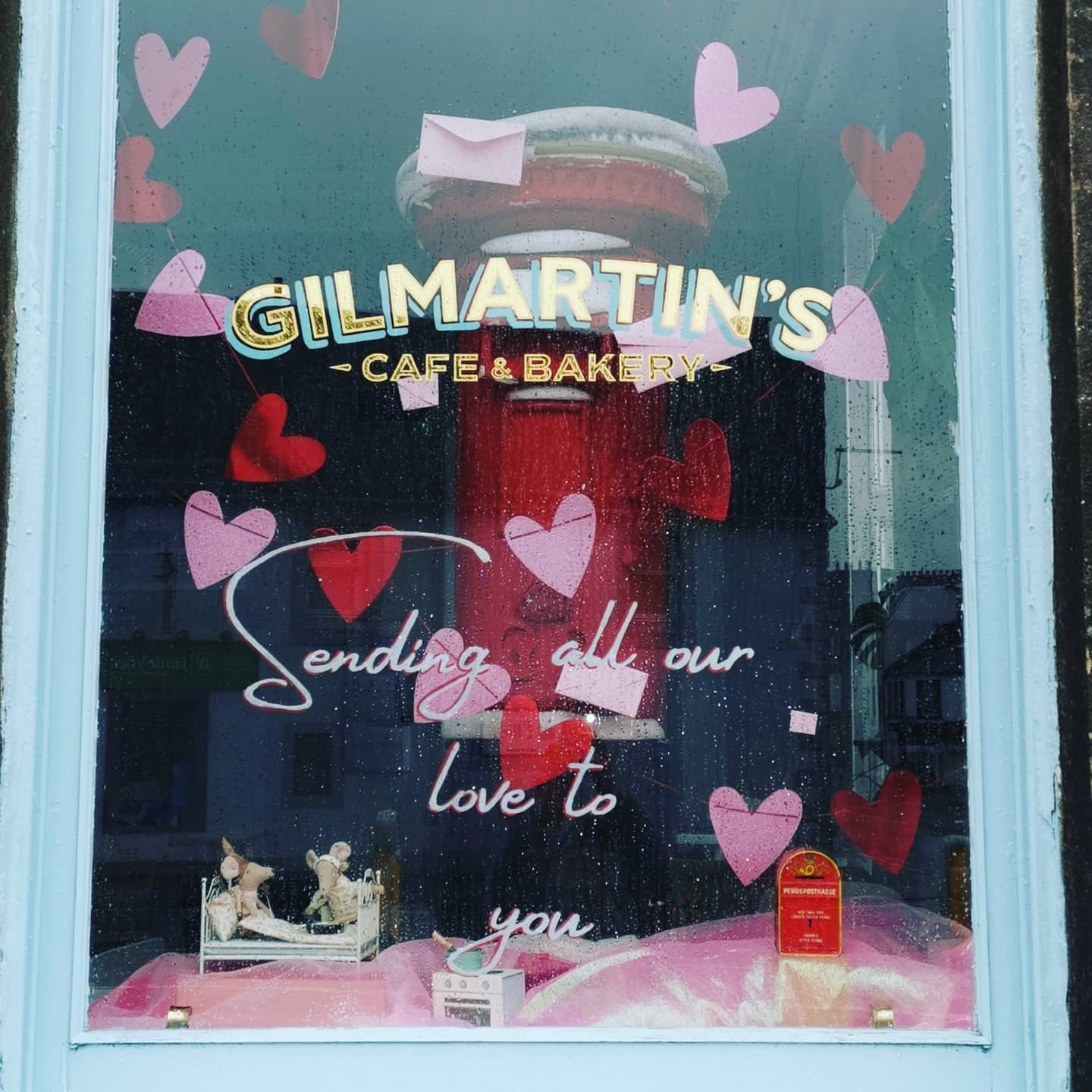
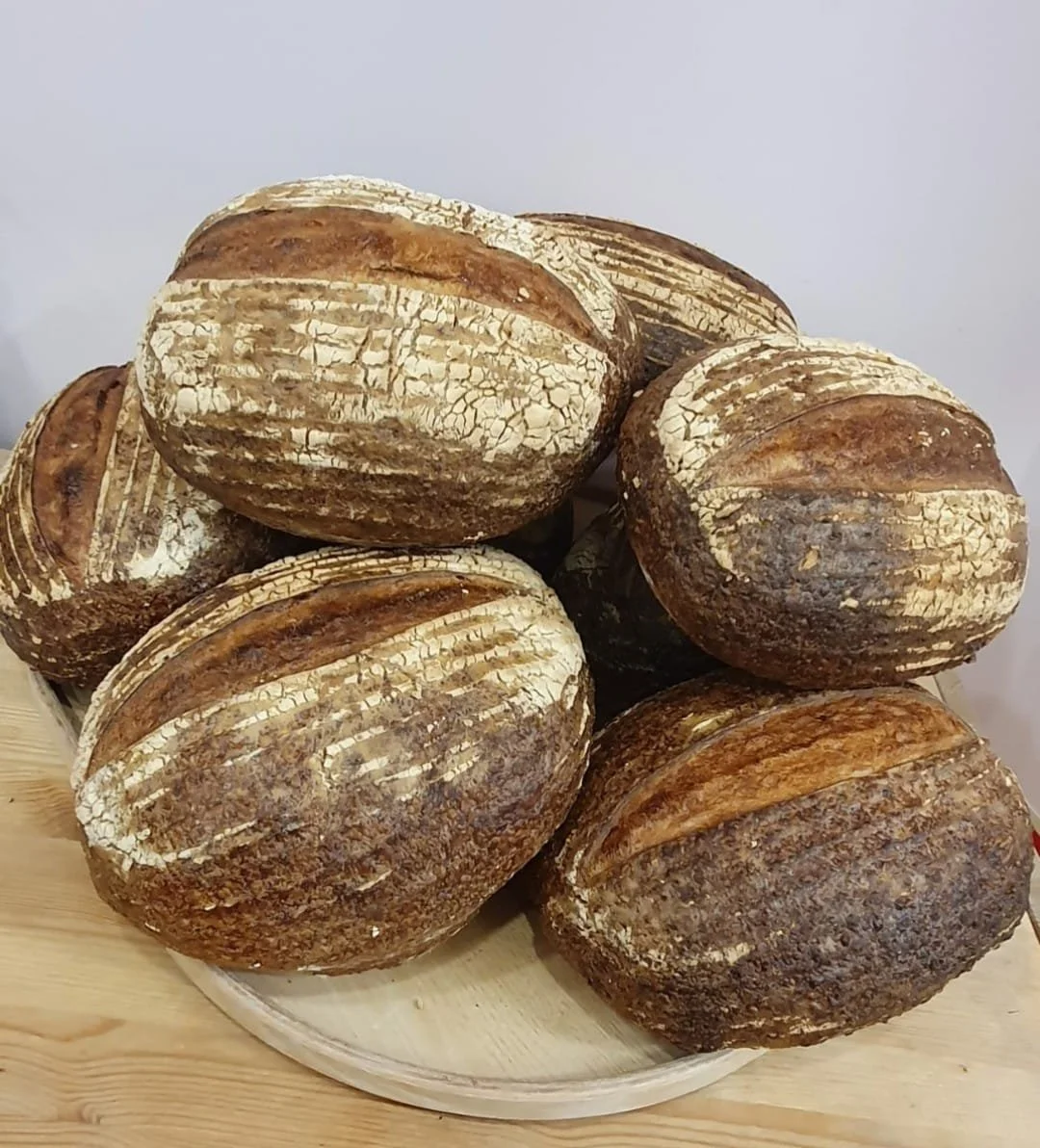
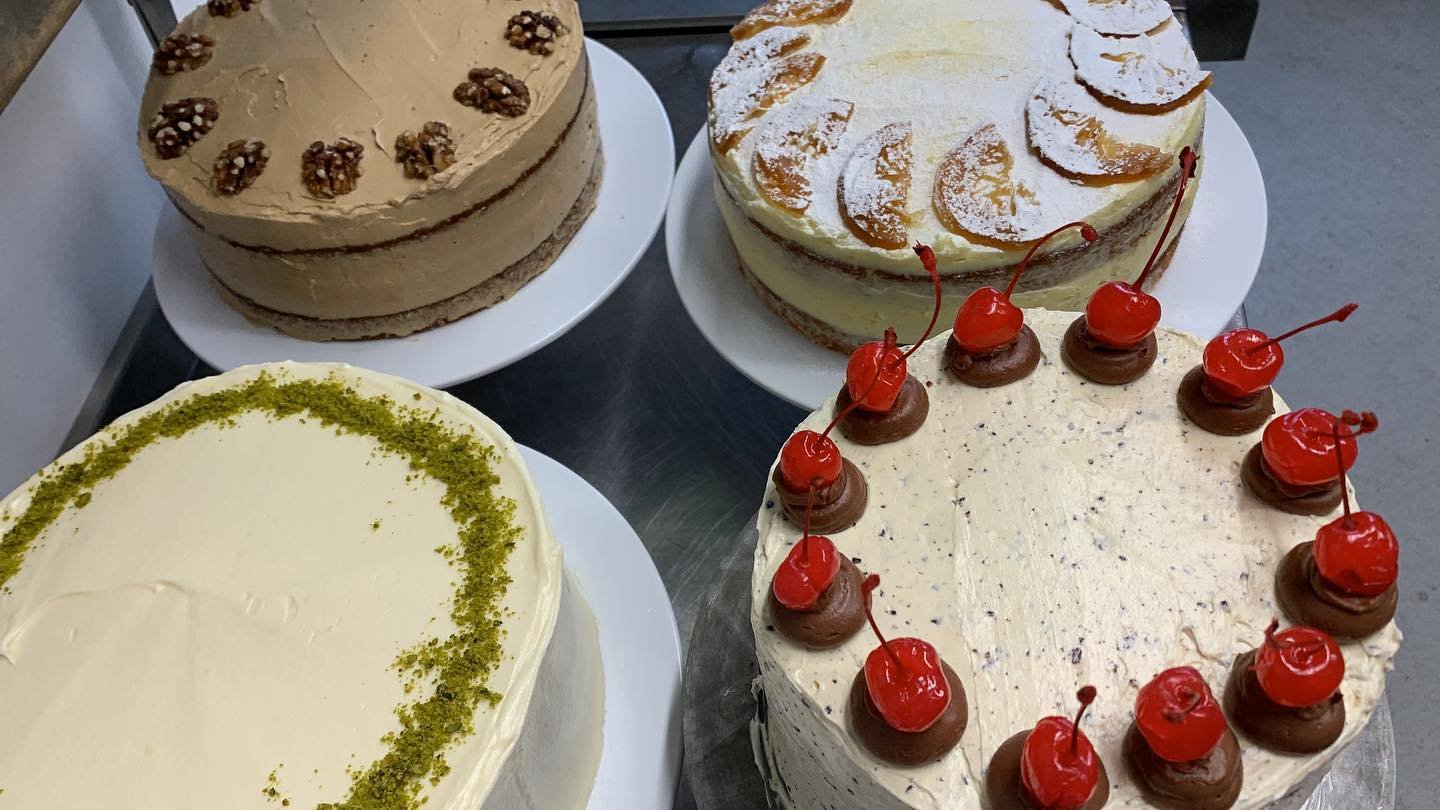
Covid
The first big game-changer we faced in service design terms was Covid. Thanks to a creative team and good links with suppliers, we quickly identified that customers needed things that we could still get fairly easily from suppliers - but it was up to us to create the mechanism to provide it. We converted the shop to grocery so that we could keep trading, and added a delivery service. We were featured in the press for this here and here.
As close as it is possible to come to an iterative process, we started with a simple Google form and kept adding produce as it became available. Adaptations to delivery days, processes, a new website with a shop and an honesty box followed. I followed the news religiously and we kept things fresh - we had an honesty box, and we figured we could sell things (once it was allowed) from our open window to provide a safe, takeaway-only service. We hosted a walk-through Hallowe’en event when kids weren’t allowed to go trick-or-treating, and stocked as many local companies’ products as we were able to.
We stayed ahead of the curve, renting an additional space for private dining and even having face masks made to match the cafe decor. We were incredibly lucky to be in close contact with many of our customers - many gave us gifts, set up pretend Gilmartin’s cafes in their wendy houses in the garden and simply contributed to keeping the cafe alive by taking amazing photos and videos and helping us with marketing (thank you to Stuart MacAulay for the video below, and to Lisa Davidson for her invaluable help with comms). To help us understand their needs, and carried out a customer survey in 2021 which led to some new ideas tapping in to the anxieties still dormant in the return-to-normality stages. We integrated an online booking system, and launched an initiative called Babycakes to help those who had become mothers during the pandemic to become less anxious about socialising with their newborns during a time when things still felt somewhat uneasy.
The Cost of Living Crisis
I don’t think any of us went into 2022 expecting it to be quite so grim, with no suspicion of the Ukraine war on the horizon and no indication of the cost-of-living crisis to come. I had taken on a full-time service design role in order to keep all of our staff employed, but with the economic rainclouds gathering it was time for me to get back to the cafe and make sure it could survive the latest deluge.
Businesses unfortunately shouldered a lot of the downturn early on - with Ukraine being the “breadbasket of the world” (who knew?), the price of flour went up alongside eggs, butter, sugar, chocolate -essentially all the things we needed most. Omicron lurked in the background, depressing trade, and then things got even harder when the energy crisis kicked in. Suddenly we could be charged an uncapped amount for our energy, and every month we had to borrow a little more from the bounceback loan we hadn’t wanted to take in the first place, just to pay the bills. We tried just about everything we could think of - we adapted the menu to limit our energy use, we adapted our opening hours, we used Too Good To Go so that even our waste would make us a little bit of money, we worked harder and harder, we started an Art Club to give people something to look forward to in amongst the relentless bad news, we got a premises licence so we could hire out the space and we worked with some amazingly cool businesses like the Dispensary Bar and Peacocks Ice Cream to keep bringing something new to Stewarton.
All this came at a cost, though - the past three years have taken their toll (and I imagine that even the most resilient person would be exhausted after the constant struggles that all industries, but hospitality in particular, have faced within that time). In October it came time to down tools - I knew I was the right person to start the bakery, but I no longer wanted to be the person to continue it. I had realised my vision, and faced up to some incredibly hard challenges along the way - some industry veterans of twenty years were only seeing these conditions for the first time, so I think I did quite well to weather them for almost four years. I decided it was time to close the doors and we were flooded with messages and comments from heartbroken customers, but I knew it was time.
I didn’t have a plan for what would happen next, and just had to trust in the universe. As it turns out, sometimes the universe has a funny way of delivering just what you need, just when you need it. We were contacted by three interested parties who wanted to buy the business, and suddenly the prospect of having to disband the thing I had spent years building and selling off our assets became something I no longer had to worry about. The best part was, our buyer (and former supplier) Mossgiel held many of the same values we did, and were committed to upholding and maintaining the same high standards we had set ourselves. We leave the cafe the same way we came to it, with a curiousity about the unknown, a drive for delivering excellent service and a passion for creating something out of nothing. Where will it lead us next? Well, that remains to be seen.






